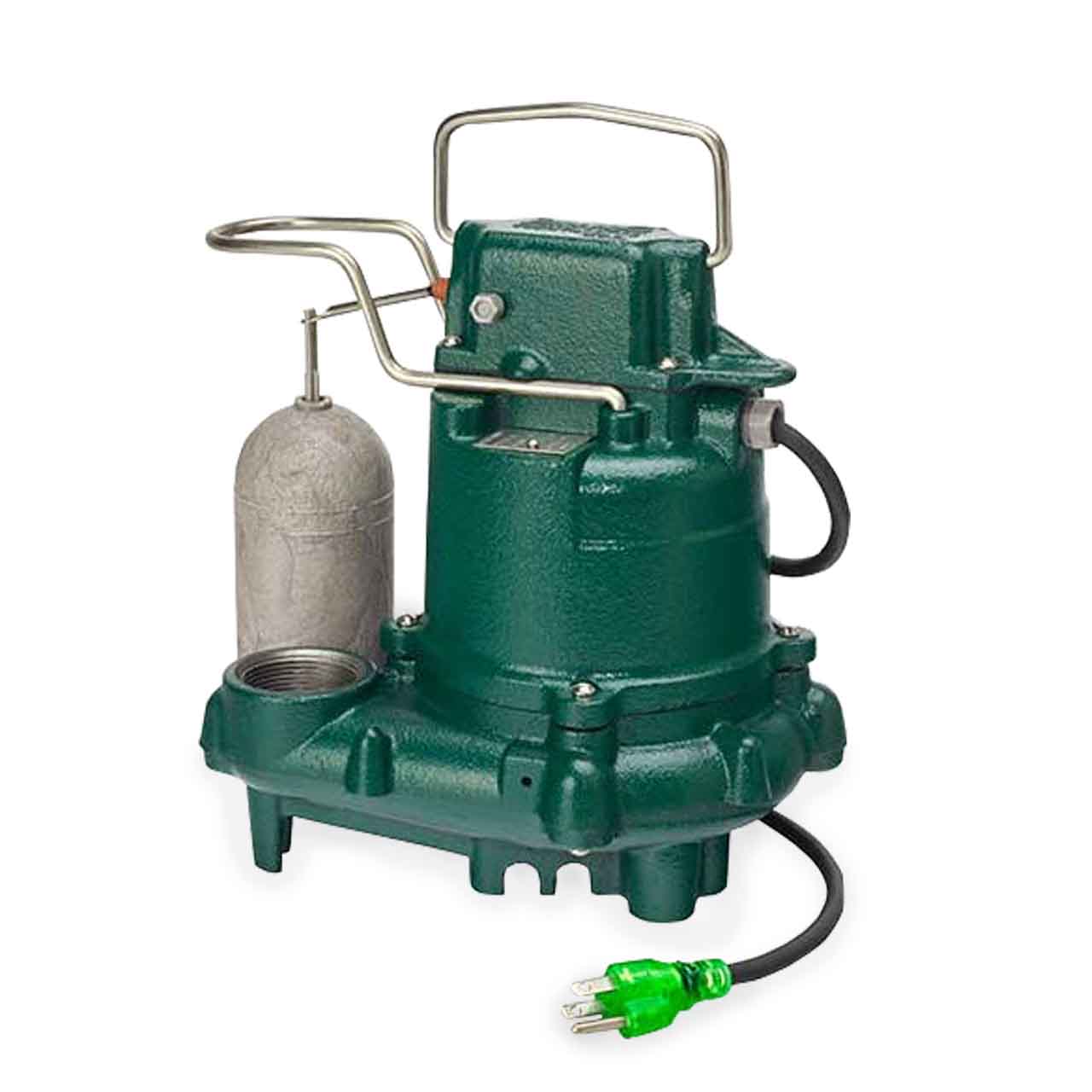
A little bit of maintenance can save a lot of time and money. In today’s blog, we will give you some important tips.
1. Test your sump pump regularly. Pour enough water into the sump pit to raise the float that engages the pump. The pump should remove the water from the pit and shut itself off in a matter of seconds. Ensure that the float moves freely. Take note of where your check valve is. The check valve will stop the water from running back down the discharge pipe, through the pump, and back into the pit. After the pump shuts off, listen for running water and look for any signs that the check valve is stuck open. The more critical your pump is, the more often you should perform this test.
2. Give your sump pit a once-over. Clean your sump pit, remove any dirt, sand, gravel and other debris to increase the pump’s efficiency and prolong its life. A wet/dry shop vac works well for this.
3. Back it up. If your home experiences frequent power outages or if your primary sump pump fails, it’s good to have a backup pump system. There are a couple of different kinds. One uses a marine-grade battery that can power it for up to 12 hours. Another uses water pressure from your home's water supply lines to force flood water out of your sump pit. Give us a call, chat or email and we’ll explain the different backup options. If you already have a battery backup pump, don’t forget to check your battery regularly.
Zoeller Battery Backup Sump Pump System
Zoeller Water-Powered Sump Pump
4. Realize that nothing lasts forever. Like any equipment with moving parts, sump pumps will wear out over time and need to be replaced. Be prepared. The more critical the pump is the more prepared you need to be.
5. Be proactive with ownership of your system. Ask questions, learn how it works, and know who you are going to call when things are not working as they should ahead of time. Knowing your system inside and out will help you save money and stay away from “Emergency Situations”. Keep the manual and other documents in a ziploc bag near your sump pump.
6. Install an alarm. A tank alert alarm will sound an audible alarm when your pump stops working or when the pump can’t keep up with the inflow. Options also include battery backup and Wi-Fi compatibility that will notify you via text and/or email when an alarm condition occurs.
Click here to shop for an alarm system
Why Sump, Sewage, and Effluent Pumps NEED a Vent Hole
WATCH THIS VIDEO Before you Install a Sump Pump!
Have a question about one of these tips? You can live chat with us at https://www.rcworst.com/, call 855.329.4519, or email Customer.Service@RCWorst.com to reach an industry expert.